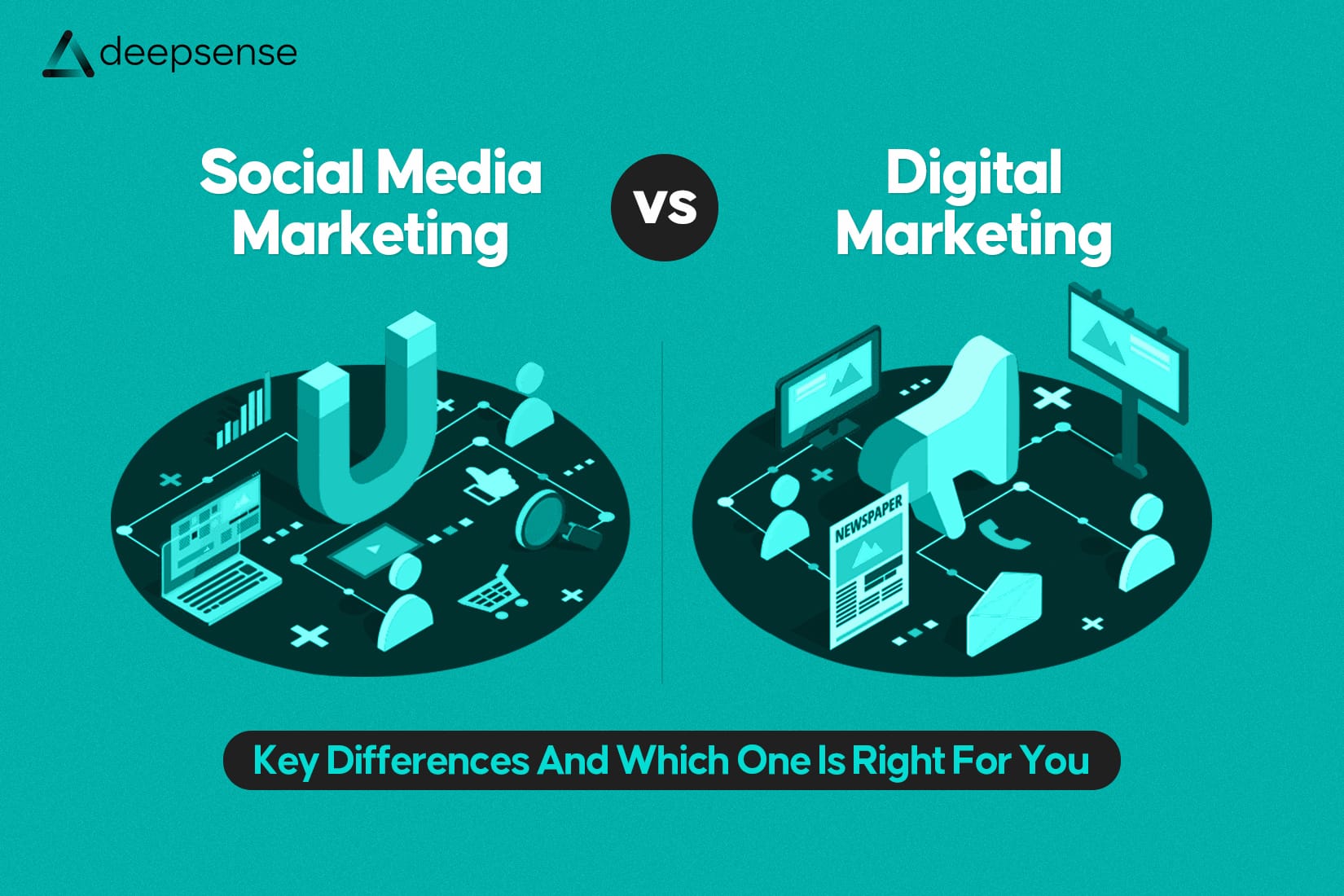As the global market shifts towards a more Direct-to-Consumer (D2C) model, countries across Asia, such as Vietnam, Taiwan, and China, are uniquely positioned to benefit from this transformation. While India is already seeing this trend take off, these countries have strong manufacturing bases, burgeoning digital economies, and a consumer-driven e-commerce boom that can allow them to tap into the growing demand for D2C brands.
Let’s look at how Vietnam, Taiwan, and China can take advantage of these trends to grow and monetize their potential in the D2C space.
1. Vietnam: Turning Manufacturing Strength into D2C Success
Vietnam has emerged as one of the world’s fastest-growing manufacturing hubs. The country is home to a thriving production base, with key sectors including electronics, textiles, furniture, and more. But what’s even more exciting is the rapid shift towards e-commerce that’s happening in Vietnam. As younger generations in Vietnam embrace online shopping, the country is fast becoming a hub for the D2C transition.
Opportunities for Vietnam:
Affordable Manufacturing Meets D2C Opportunities: Vietnam’s competitive edge lies in its affordable manufacturing capabilities. Compared to Western countries, Vietnam offers cost-effective production without compromising on quality. This creates a prime opportunity for manufacturers to shift from wholesale models to D2C. Brands that sell directly to consumers can retain higher margins and build a more loyal customer base.
Rising E-Commerce Adoption:
E-commerce in Vietnam is skyrocketing. In fact, a recent Google and Temasek report forecasts Vietnam’s digital economy to reach $29 billion by 2025. With increasing numbers of people shopping online, especially among the younger population, Vietnamese manufacturers have a huge opportunity to enter the D2C space. Using platforms like Tiki.vn or their own e-commerce websites, they can reach a larger consumer base and even expand their market internationally.
Exporting Products Globally:
As Vietnamese manufacturers produce goods at competitive prices, they can leverage global e-commerce platforms such as Amazon to market and sell their products worldwide. The D2C model allows them to connect directly with international consumers without the need for costly intermediaries. By offering products like clothing, electronics, and furniture, Vietnam can create a strong international presence.
Case Study:

Take the example of Tiki.vn, one of Vietnam’s largest e-commerce platforms. Tiki has created an online ecosystem where local manufacturers can go D2C. A Vietnamese shoe company, for instance, could adopt this approach and sell their products both within Vietnam and abroad via Tiki or their own platform.
2. Taiwan: Riding the Wave of Tech and Digital Infrastructure
Taiwan has a unique position in the global market due to its cutting-edge manufacturing capabilities in electronics, semiconductors, and tech innovations. Taiwanese companies are renowned for their quality, and the country’s digital infrastructure is world-class, making it ripe for D2C success.
Opportunities for Taiwan:
Leverage Innovation and Technology:
Taiwan is famous for its technological prowess. Companies can take advantage of this by offering tech products directly to consumers, cutting out the middleman. For example, Taiwanese tech brands can sell directly to consumers, offering high-tech gadgets, computer peripherals, and accessories. Since Taiwan is known for its quality electronics, it’s easy to build a trustworthy D2C brand in the global market.
Thriving E-Commerce Ecosystem:
Taiwan’s digital economy continues to grow, with an annual growth rate of approximately 10%, according to Statista. The country has a well-established e-commerce infrastructure, from logistics to payment systems. This makes it easier for Taiwanese brands to seamlessly transition to D2C, capturing a larger share of the digital market.
Tapping into Global Demand for Tech:
With global demand for tech gadgets constantly increasing, Taiwanese brands can quickly scale to meet international needs. For example, a Taiwanese company specializing in high-end computer accessories could easily enter markets in the US or Europe by adopting a D2C approach. The benefit of D2C is that it allows brands to personalize their marketing, build closer customer relationships, and offer direct customer service.
Case Study:

Let’s take Asus, a Taiwanese electronics company. Asus already has a strong presence in the market, but by doubling down on the D2C model, they could offer exclusive products, loyalty programs, and customer support directly on their website. This would not only improve customer experience but also allow Asus to build deeper connections with their customers and control the entire user journey.
3. China: A D2C Giant with Global Reach
China is the world’s largest manufacturing hub, and it is already leading the charge in the D2C space. From electronics to fashion and even lifestyle products, China’s strong supply chain infrastructure, competitive pricing, and global e-commerce presence make it a perfect candidate to capitalize on the growing demand for D2C brands.
Opportunities for China:
Massive Manufacturing Capacity and Competitive Pricing:
China’s manufacturing capacity is unmatched. Brands operating within the country can produce goods in bulk at a fraction of the cost compared to Western markets. This ability to scale quickly and offer competitive pricing is the backbone of China’s potential to dominate the D2C market. Whether it’s consumer electronics, apparel, or home goods, China can offer products directly to consumers, both domestically and globally, at incredibly affordable prices.
Robust E-Commerce Infrastructure:
China’s e-commerce platforms, like Alibaba, JD.com, and Pinduoduo, already have a massive user base. These platforms provide sophisticated digital marketing tools that brands can use to create personalized customer experiences. From targeted ads to customer service automation, Chinese platforms are built to help brands scale quickly and reach a wider audience. Leveraging this infrastructure, Chinese manufacturers can easily launch D2C brands.
Global Market Expansion:
China’s logistics and shipping infrastructure are second to none, making it easy to expand D2C operations globally. Brands can tap into global platforms like Amazon or create their own e-commerce websites to sell directly to consumers in markets like the US, Europe, and Southeast Asia. The D2C model not only allows for a more direct relationship with customers but also helps brands maintain a strong competitive edge globally.
Leveraging Social Media and Influencers:
China’s social media platforms, such as WeChat, Weibo, and Douyin (the Chinese version of TikTok), provide massive opportunities for D2C brands. By partnering with influencers and using targeted advertising, brands can quickly gain visibility and build consumer loyalty. With millions of active users, these platforms are a powerful tool for driving awareness and increasing brand recognition.
Case Study:

Xiaomi, a Chinese electronics brand, started by selling smartphones directly to consumers via its website, disrupting the traditional mobile phone market. The brand became hugely successful by offering high-quality products at competitive prices through a direct relationship with consumers. Xiaomi’s D2C strategy has allowed it to expand globally and compete with major players in the mobile phone industry.
How These Countries Can Monetize the D2C Shift
1. Embrace Digital Marketing and Social Media:
Digital marketing is key to building a successful D2C business. By utilizing social media platforms, search engine optimization (SEO), and influencer marketing, brands can target specific consumer segments. Digital ads, engaging social media posts, and partnerships with influencers will help build brand awareness and attract global consumers.
2. Innovate Product Offerings:
As these countries already have strong manufacturing capabilities, they should continue innovating in product development. By offering high-quality, unique products tailored to global markets, they can capture the growing demand for personalized items. From fashion to tech gadgets, there’s immense potential to cater to niche markets.
3. Enhance Logistics and Delivery Systems:
A successful D2C strategy also depends on fast and reliable shipping. Countries like Vietnam, Taiwan, and China are already known for their strong logistics networks. By offering quick shipping times and competitive rates, these countries can keep their D2C brands competitive globally.
How Deepsense Digital Can Support Brands in These Countries
At Deepsense Digital, we specialize in helping brands transition into the D2C space. Whether it’s building user-friendly e-commerce websites, creating tailored digital marketing strategies, or optimizing online sales funnels, we help brands reach their target consumers directly.
We understand how critical it is for brands to create personalized customer experiences. From crafting brand identities to running paid ad campaigns, we provide end-to-end solutions to ensure D2C success. By leveraging data-driven insights, we help brands understand consumer behavior and fine-tune their offerings for maximum appeal.
Conclusion
Vietnam, Taiwan, and China have everything they need to capitalize on the D2C shift. With strong manufacturing sectors, robust e-commerce ecosystems, and digital-savvy populations, these countries are well-positioned to thrive in the D2C world. At Deepsense Digital, we’re here to help brands in these countries navigate the D2C transformation and achieve sustainable growth in global markets. By leveraging our expertise, brands can unlock new opportunities and become leaders in the D2C space.











